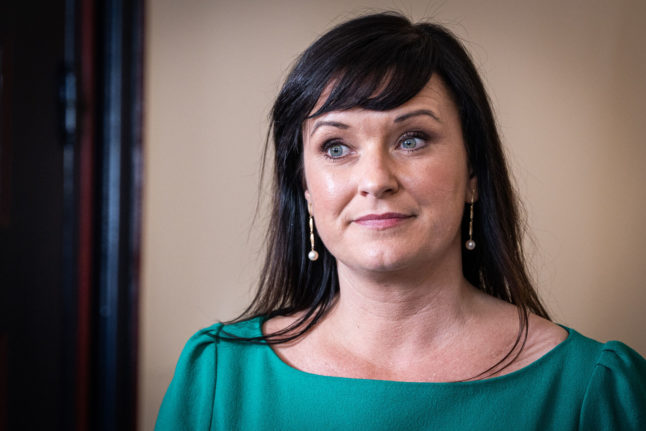In 2018, then-opposition leader Mette Frederiksen promised that she would increase the number of nurses by 1,000 by 2021 nationallly.
But the total number of nurses working within the Danish public health system has decreased by 473 ‘working years’ over the past 12 months, broadcaster DR reported on Monday.
The figures in the DR report come from the Danish Health Data Authority (Sundhedsdatastyrelsen). A ‘working year’ (årsværk in Danish) equates to the total working hours of one full-time staff member for one year.
Frederiksen’s Social Democratic party promised in its campaigning for the 2019 general election to hire 1,000 more nurses for the health system as soon as possible.
The proposal for next year’s budget sets aside 300 million kroner for hiring nurses – funded in part by raising the price of cigarettes.
Helle Dirksen, who is head of the Danish Nurses' Organization (Dansk Sygeplejeråd), told DR that the government already has catching up to do if it wants to fulfil the election promise.
“We are starting from less than zero. I assume that the missing nurses will be added to the 1,000 by which we are already short,” Dirksen said.
Those comments appear to be supported by Kjeld Møller Pedersen, a professor at the University of Southern Denmark’s Department of Public Health, who said that finding so many extra nurses represents a challenge for the government.
“It’s not as though there are 500 unemployed nurses. I think they are in demand in municipalities and in general practice,” Pedersen told DR.
Minister for Health Magnus Heunicke admitted that Denmark faces a bigger challenge than expected in increasing the number of nurses working within the health service.
“The new figures show that, whilst we have been discussing this, things are moving in the wrong direction,” Heunicke told DR.
The Zealand administrative health region is cited as having seen a particularly sharp loss of nurses, with 155 working years’ less workforce in the second quarter of 2019 compared to 2018’s third quarter.
That is due in part to a large number of redundancies last year, DR writes.
“If it’s possible to let so many nurses go, then it must also be possible to get the number to go in the other direction,” Heunicke told DR.
The minister noted that financing for the new nurses was still under negotiation, with the budget still at the proposal stage.
READ ALSO: What Denmark's new budget proposal means for foreign residents



 Please whitelist us to continue reading.
Please whitelist us to continue reading.
Member comments